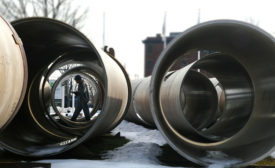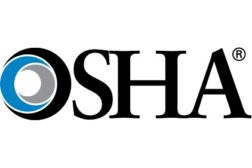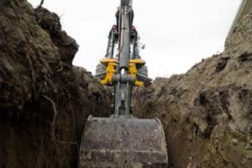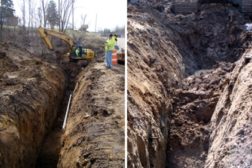Home » Keywords: » trench
Items Tagged with 'trench'
ARTICLES
NYC construction worker rescued from trench
Shivering but alive after four hours in “muck”
March 20, 2013
Ohio workers get a wild ride
Co. cited for allowing rides in excavator buckets
May 21, 2012
Trench collapse death brings visit from OSHA inspectors
19-year-old died in cave-in
May 4, 2012
Become a Leader in Safety Culture
Build your knowledge with ISHN, covering key safety, health and industrial hygiene news, products, and trends.
JOIN TODAYCopyright ©2025. All Rights Reserved BNP Media.
Design, CMS, Hosting & Web Development :: ePublishing




